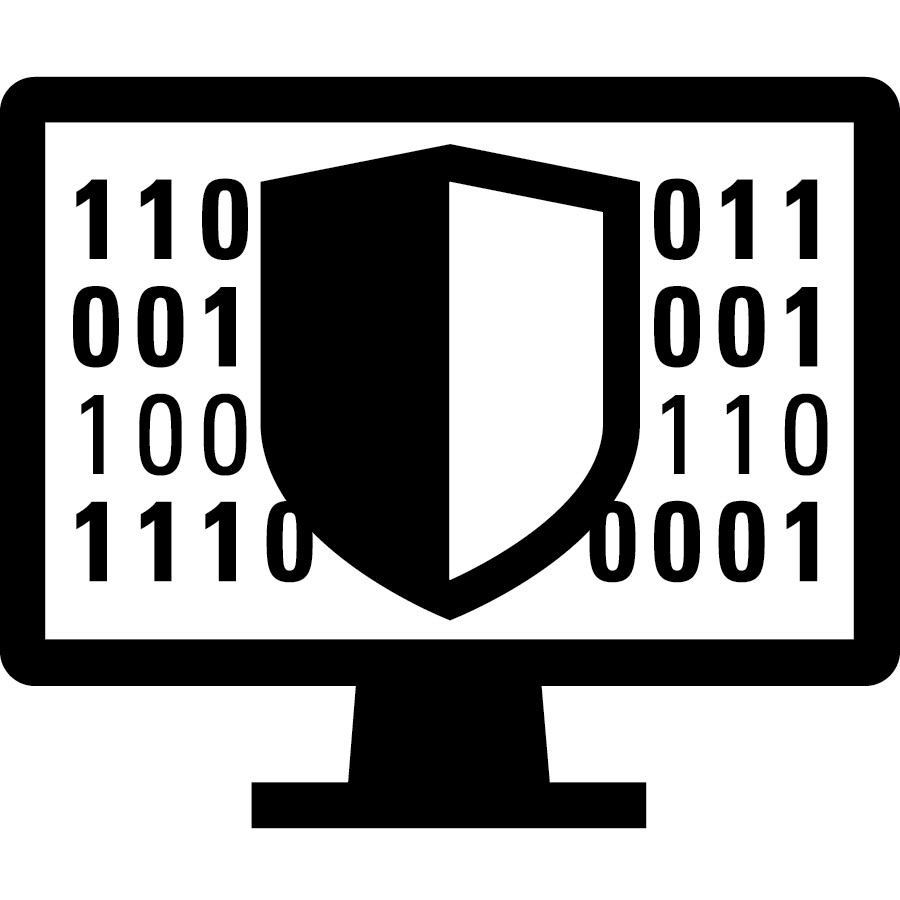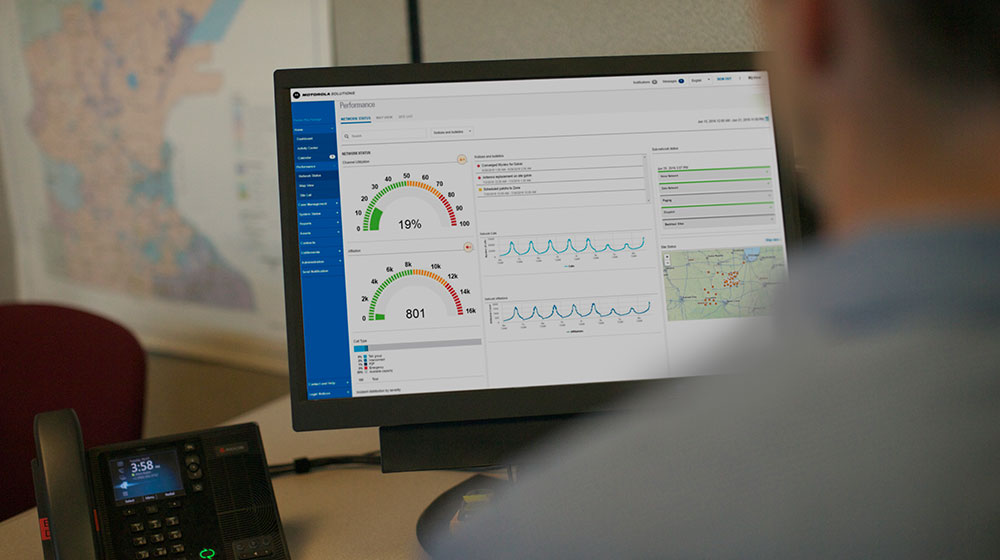 OPERATOR: “9-1-1 operator. What is the location of your emergency?”
OPERATOR: “9-1-1 operator. What is the location of your emergency?”
CALLER: “I think my grandmother is having a heart attack. She’s fallen on the floor and is clutching her chest. Please send an ambulance.”
OPERATOR: “Don’t hang up. Help is on the way!”
CALLER: “Please hurry! She can’t die!”
This is a real-life call a teenage girl made to 9-1-1 as her grandmother was going into cardiac arrest. She did what she was taught to do in an emergency — dial 9-1-1. Like many of us, she was oblivious to all the action happening behind the scenes to get her grandmother the help she needed.
9-1-1 operators are trained to remain calm in life’s scariest moments. It’s a very stressful job but they manage to keep calm as they talk to distressed callers and simultaneously feed all the information to a computer-aided dispatch (CAD) operator, also known as a dispatcher, so that they can mobilize the right people to save a life. The dispatcher alerts emergency medical services (EMS) that an ambulance is needed, they provide the address and the scenario so they are prepared when they arrive on the scene. As the ambulance races to the scene, they coordinate with the team to make sure they have all the right resources, backup if needed and they work with other agencies if the situation requires fire or police help.
Many of us hope we never need to call 9-1-1 and we don’t think much about anything else other than ”help me.” This was a big moment for this young girl helping her grandmother, but for the 9-1-1 call taker, they do this countless times every day. When these calls come in, seconds count.
What empowers the 9-1-1 operator and the dispatcher to help save lives within seconds each day is their exceptional training and teamwork. As the first emergency responders an individual in a crisis encounters, seconds matter — and they know it. They trust each other to be at their best on each and every call. They also rely on technology — purpose-built technology that performs flawlessly every time someone calls for help.
The world has changed since this young girl called 9-1-1. Now, we are fighting a daily battle against an unseeable pandemic that has proven both resilient and formidable. But, the need for 9-1-1 operators and dispatchers to respond quickly remains the same. The need hasn’t changed but we are seeing a shift in the how. Agencies have exercised backup plans to keep operators and dispatchers safe by providing technology to enable remote call taking, and we are seeing an increase in the demand for cloud-based solutions.
It makes sense; keep people safe by keeping them apart and avoid reliance on technology that requires people to be onsite. We partner with agencies to develop technology that provides them with the agility they need to adapt. And, with the recent launch of PremierOne Cloud CAD, we’re delivering that to them now. In fact, in the last three months, we’ve deployed PremierOne Cloud CAD to three agencies — one deployment occurred in only seven days after the contract was signed.
PremierOne Cloud CAD is an evolution, and a rewrite, of our proven solutions rebuilt for the cloud. It is not a stripped down version of a CAD system, rather we worked with agencies to deliver all the benefits of the cloud without compromising their workflow and efficiency. Cloud without compromise.
Security and Resilience
If the last few months have taught us anything, it is that the worst can and does happen. And, arguably, nowhere is that more important than for Public Safety Answering Points (PSAPs). When an individual calls 9-1-1, the PSAP must be ready to coordinate response. There is no alternative. The PSAP has to be up and running.
Even so, the unexpected will happen. Hurricanes will strike coastal regions, tornadoes will destroy neighborhoods and wildfires will rage through communities. Agencies do not want to have their data center in the same state, much less the same jurisdiction, as a natural disaster. When an agency uses PremierOne Cloud CAD, not only is this problem eliminated because the data exists in the cloud, but Motorola Solutions also can provide the agency geo-redundancy and more capacity immediately, whenever it is needed.
Similarly, PSAPs are finding themselves to be an increasing target of cyber attacks. Whether the problem comes in the form of phishing attacks, the threat of ransomware or the risk of a data breach, agencies must be prepared for the worst. The benefit of the cloud is our ability to deliver enhanced protection, monitoring and isolation from humans that may attack the system. Worse case we can simply turn it off and deliver the agency a new system right away if an agency’s system becomes compromised.
Innovation
When an agency buys PremierOne Cloud CAD, they don’t just get a fully featured solution, cloud without compromise. They get a solution that will improve over time, that will evolve and that we will innovate to keep up with the latest technology and practices. And, it will all happen with Motorola Solutions and our partners maintaining and running their system on the latest software. It is quite possible agencies won’t even notice they have been upgraded because the cloud means we can deploy new innovation without disruption to the system.
Scalability
By providing a CAD solution hosted in the cloud, we are able to offer a turnkey, scalable solution, maintained by Motorola Solutions and delivered to agencies who would rather avoid the cost and maintenance of an on-premises solution. With the cloud, agencies can free up their IT resources to work on other projects because we bring dedicated experts who provide support 24/7. A case in point is Cayce, South Carolina — population 14,081.
Cayce was the first jurisdiction to step up and deploy PremierOne Cloud CAD in April of this year. As a smaller agency, they were looking for a first rate CAD solution that was ready to go without a lot of maintenance. Jamie Beckham, the IT Director for the City of Cayce Department of Public Safety, recently spoke with us about their need for a cloud-based solution and said, “We didn’t have the onsite infrastructure to support a full on-premise solution. PremierOne Cloud CAD offered us a smaller footprint, and we didn’t have to invest a lot of infrastructure or build out anything onsite. We could support it with existing equipment and basically stand it up without having to purchase any new machines.”
The young girl who dialed 9-1-1 could not have imagined all that goes on from the other side of the phone. But, the dispatcher who answered the call knew what was needed not just for her grandmother, but for dozens of others who called that day, and every day. The dispatcher needed a solution that is secure and resilient; innovative; and scalable.
We have spent the last few years building a cloud-based computer-aided dispatch solution that delivers without compromise or disruption. I believe these principles are critical because public safety is about saving lives, and you don’t get to cut corners when lives are at stake. As I’ve evangelized the idea that the future of the command center is in the cloud, not everyone shared that vision. But COVID-19 has caused many agencies to reevaluate their technology requirements. The cloud is no longer a “nice to have” or even an anticipated requirement for the future. Agencies are seeking peace of mind today for the unexpected, and Motorola Solutions is delivering new innovation without disruption or compromise today.
Learn more about Cloud Security for Public Safety Software.
To learn more from your colleagues on how they are implementing new cloud technologies, register for the September 10th NENA webinar.





PV Gopalakrishnan
August 5, 2020
Enjoyed the post. Very informative.